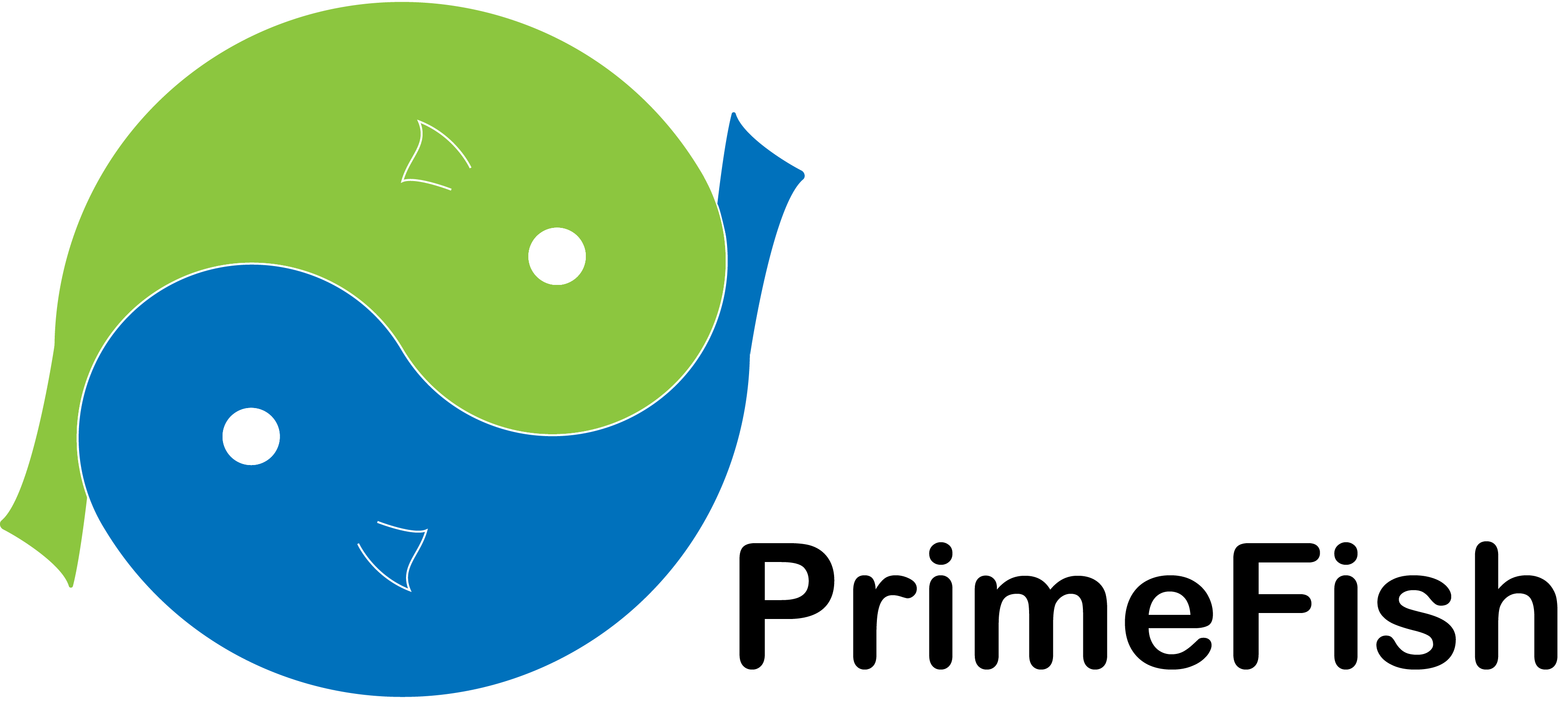Warning message
The subscription service is currently unavailable. Please try again later.This report compiles time series of prices and an analysis of the occurrence for “boom and bust” cycles for the species studied in PrimeFish (salmon, cod, trout, herring, seabass, seabream and pangasius). This study focuses on patterns in the price – without trying to explain it beyond time components i.e. year - trends, seasonality – months and potentially other cyclical patterns. The critical factors responsible for the principal prices‘ turbulences and drops and spikes in the prices of agricultural commodities in world markets has been explored through literature for the last 10 years. A similar literature review for price volatility of both fisheries and aquaculture markets has been realized.
Comparing the boom & bust, after 2009 the numbers of occurrence these cycles increased meanwhile in international market volatility also increased, showing an increasing degree of commodities/products interconnection which leads to a rapid propagation of shocks. No recent manuscripts (e.g. peer-review papers, reports,etc.) have shown results about price volatility in the fish sector. An example of how macroeconomic factors, such as household income, market prices, production volume, tariff and non-tariff barriers and exchange rates, can affect the occurrence and development of boom-and-bust cycles has been described in the case of pangasius. Price co-integration analysis has been carried out to implement the analysis of price transmission and market integration between species along their value chains. This is suggesting that the retailers are “cooling” the spikes in the first sale market and keep an average price at relatively constant level even if the first sale price is moving well above the average.
 Deliverable 2.4. Report on boom and bust cycles for selected European fisheries and aquaculture species
Deliverable 2.4. Report on boom and bust cycles for selected European fisheries and aquaculture species
University of Parma - Department of Economics
- Log in to post comments
